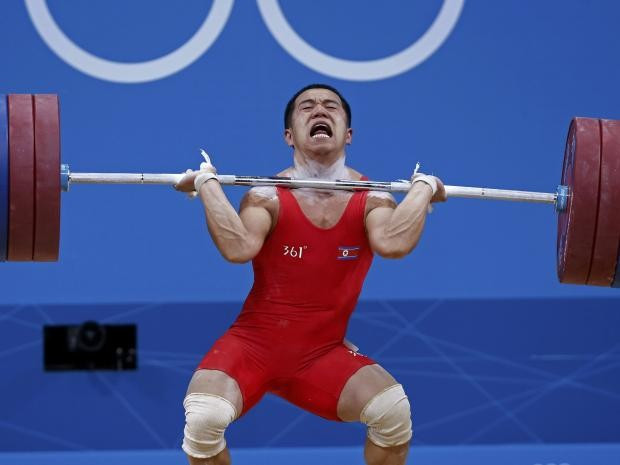Neuroscience: Imagine, and you exercise those muscles using mindpower

Weight-lifting is a good way to build muscles, but for those who can't do that, thinking exercise could help get strong.
A new study from Ohio University shows that sitting still and imagining exercise can mobilise stiff muscles, proving the role of neuromuscular pathways in strength training.
The team recruited 29 volunteers and wrapped their wrists in surgical casts for an entire month.
During this period, half of the volunteers were asked to think about exercising their immobilised wrists for 11 minutes a day, five days a week.
When the casts were removed, the volunteers who did mental exercises had wrist muscles that were two times stronger than those that had done nothing at all, reports Scientific American.
The study should give a boost to those whose arms are in a cast by preparing those muscles for the real work.
The work follows earlier research which has already shown how imagining exercise activates the part of the brain involved in the physical activity.
To examine brain-muscle pathways, the team placed a magnetic field above the motor cortex and stimulated neurons in the brain. The muscles of the volunteers flexed and became momentarily paralysed under the field.
By measuring the amount of muscle contraction and the duration of paralysis, inferences were made about the connections in the brain.
As the author cautions, this is not to advocate a lazy lifestyle on the assurance that some mind exercises will keep the muscles strong.
It only goes to prove how the body and mind are strongly connected.
© Copyright IBTimes 2025. All rights reserved.





















